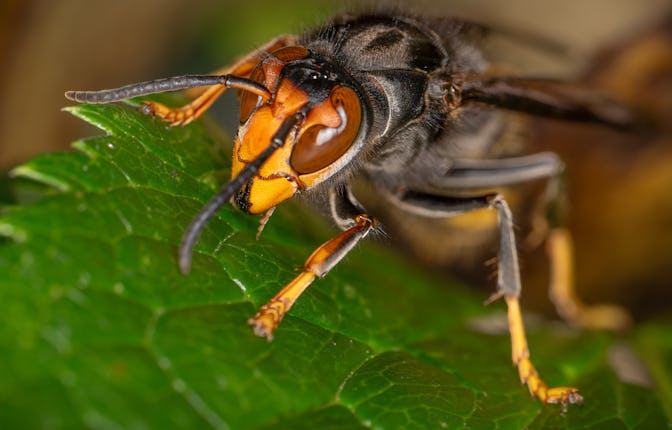Murder Hornets Have Been Eradicated From The U.S.
A landmark victory against an invasive species.

In a remarkable turn of events, federal and state officials have officially declared that the northern giant hornet, infamously known as the "murder hornet," has been eradicated from the United States. This announcement marks a significant milestone in the ongoing battle against these invasive species that threaten local ecosystems. The journey to this point has been fraught with challenges, but it showcases what can be achieved through concerted efforts.
The Invasion Begins
The saga began five years ago when these intimidating insects were first spotted in Washington State. Initially discovered in a remote area, their presence sent shock waves through communities and environmental circles alike. With their potent sting and predilection for attacking honeybee populations, murder hornets quickly became a symbol of ecological concern. Beekeepers feared for their livelihoods, while nature enthusiasts worried about the broader implications for biodiversity.
Mobilizing Against an Invasive Threat
Once identified, a massive mobilization ensued to tackle this invasive species head-on. Local authorities, scientists, and volunteers banded together to track down nests and eliminate them. The efforts included setting traps designed specifically for these hornets and deploying teams trained to safely remove nests from trees or other structures where they were found.
One of the key strategies involved monitoring known hotspots where murder hornets had been sighted. By using radio transmitters attached to captured individuals, researchers could locate nests more effectively. This innovative approach not only allowed for targeted eradication but also provided invaluable data on their behavior and nesting patterns.
A Landmark Victory
The declaration of eradication is being hailed as a landmark victory in the fight against invasive species at large. Experts believe this achievement demonstrates how collaborative efforts can yield positive results when addressing ecological threats. It serves as an encouraging reminder that invasive species can be managed effectively with sufficient resources and community involvement.
However, experts caution against complacency; just because these hornets have been eradicated doesn’t mean they won’t return. Continuous monitoring will be essential to ensure that any new sightings are addressed promptly before they can establish themselves again.
What’s Next?
With murder hornets now eliminated from U.S. soil — at least for now — officials are turning their attention toward prevention strategies to stop future invasions of other potentially harmful species. This includes public education campaigns aimed at raising awareness about identifying invasive insects early on and reporting them immediately.
Moreover, research continues into understanding how such invasions occur in the first place so that proactive measures can be implemented at ports of entry or other vulnerable locations across the country.